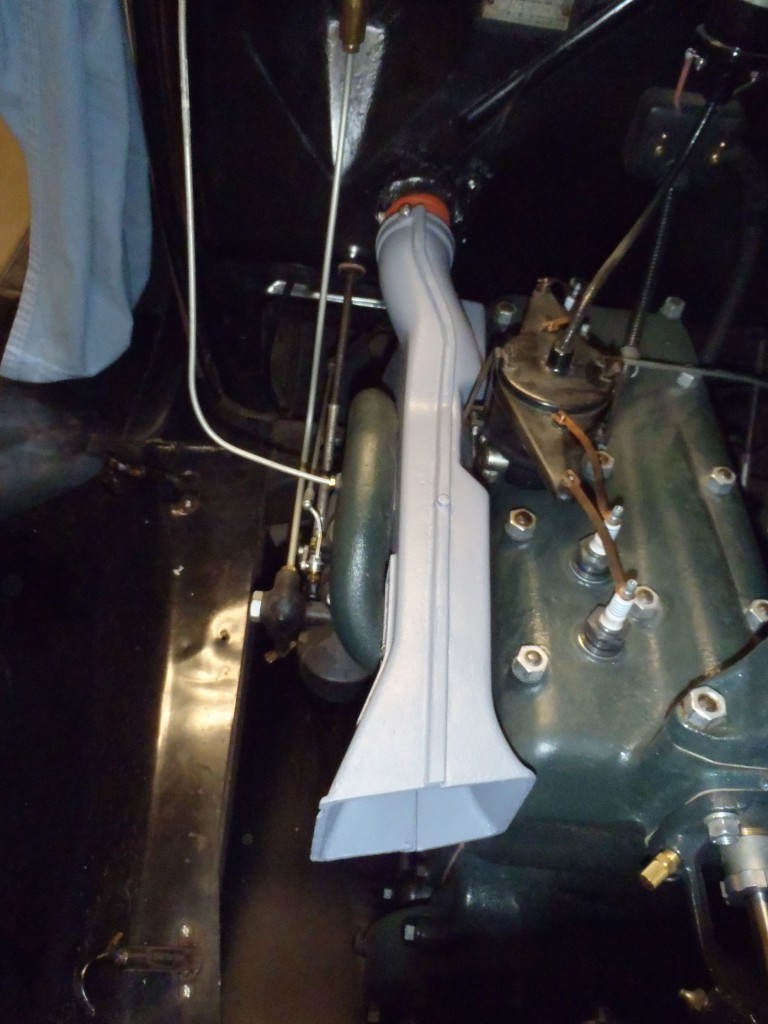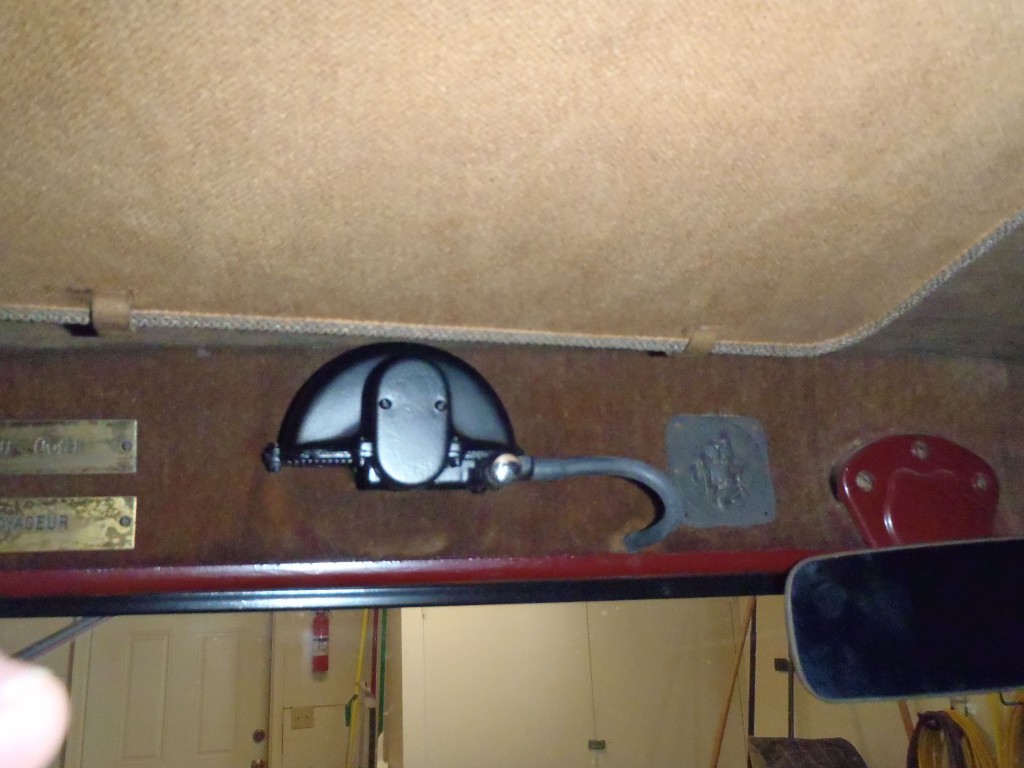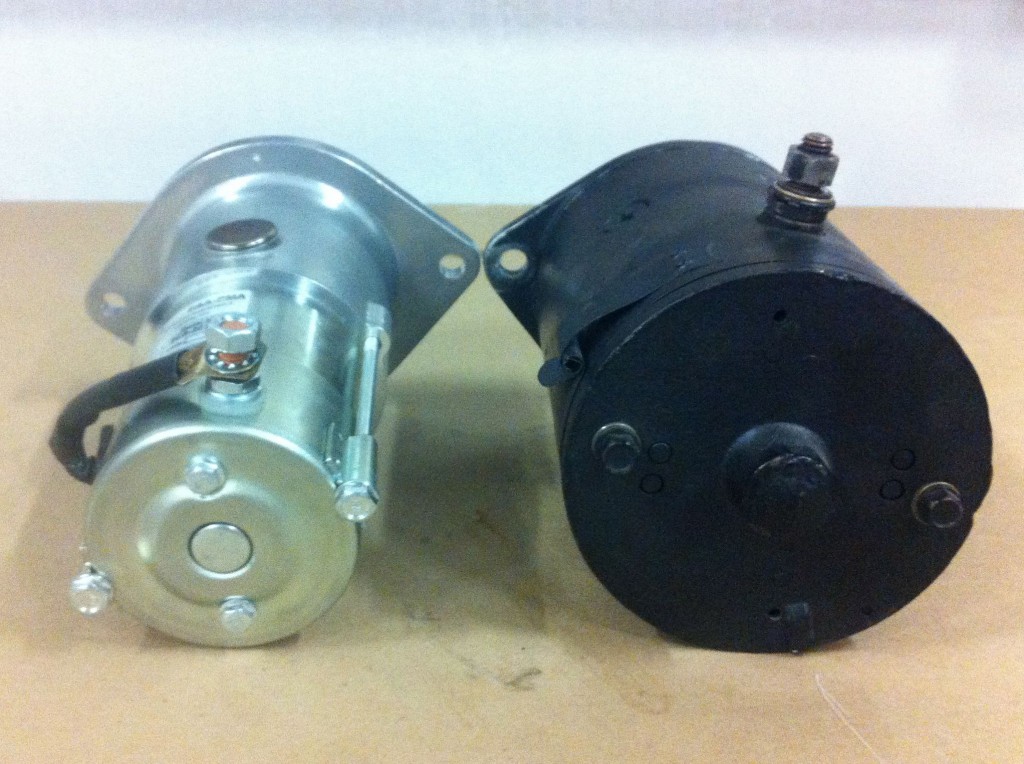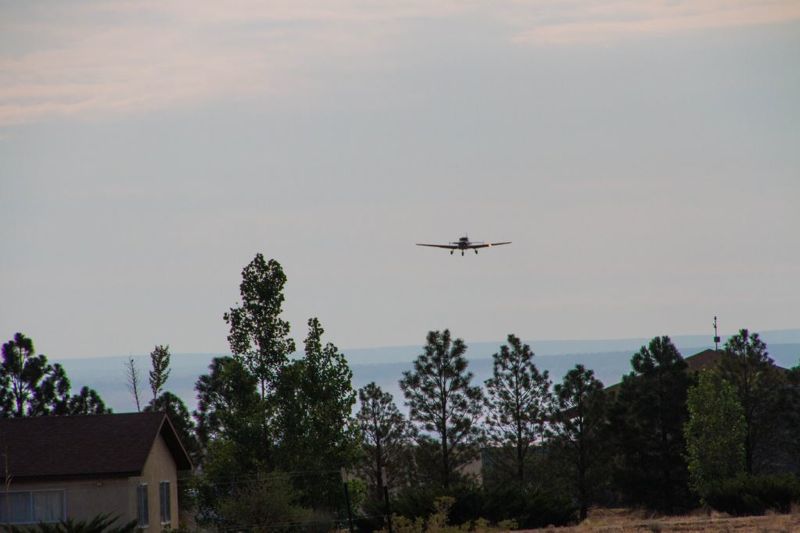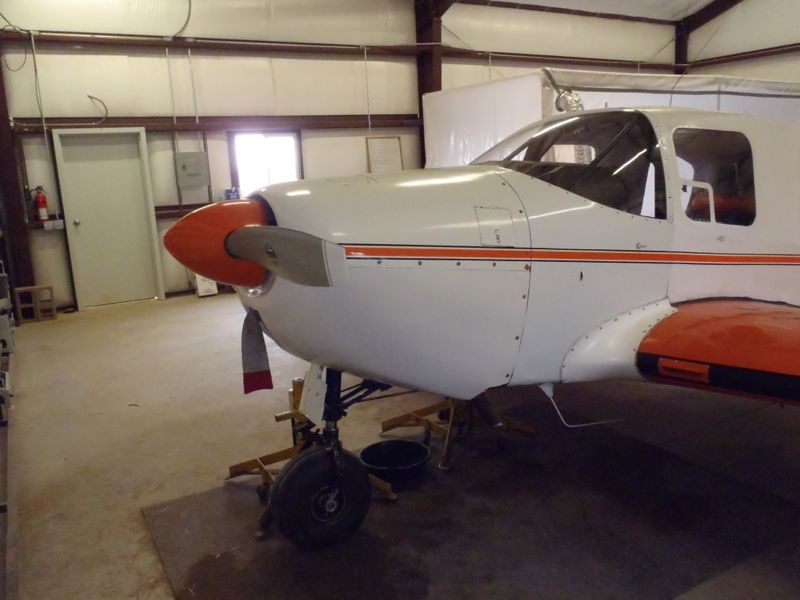Cleaning the fuel injectors Friday morning helped with the #5 cylinder acting funny with lower fuel pressure (due to lower fuel flow rates). Yesterday I went on another short test flight to verify everything with the engine was ok (which it was). So today I went for a longer flight to have some fun and test out the rest of the work we did this year. Good news: it all worked well.
There was one last adjustment that needed to be made on the engine monitor, adjusting the percent power indicator to match the engine configuration. Which was only difficult because the power tables for the Bellanca don’t give a lot of altitude choices for 70% power settings which are above the ground in central New Mexico.
In theory, adjusting all the tail surfaces to be rigged properly should have lowered the drag and increased the cruise speed. To test that theory, I did a speed test as well. At 9,500′, 65F, full throttle, 2300 RPM, and mixture leaned to peak, I saw 145 knots at 11 GPH. Which is about 5 knots faster than it used to be, so I’m happy with that result. I could get it down to about 10.5 GPH without losing more than a knot or two and the CHTs all stayed under 350 F in cruise, so that’s happy. The GAMI spread (difference in fuel flow between the first and last cylinder to reach peak EGT) was about 0.7 GPH, which is great for unbalanced fuel injectors. With GAMIjectors, I can probably squeeze another .2 GPH out of that and run a little bit leaner in long cruise. But 13 NMPG / 15 MPG isn’t too horrible for a 53 year old airplane.
I’m having way too much fun looking at all the data that can be downloaded from the engine monitor. Thus far, everything in the data looks really good, no obvious problems lurking. Unfortunately, the data analysis program that JPI ships is Windows only and kind of sucks. I found some fairly detailed documentation by someone who had reverse engineered the data format, so I’m thinking about writing a program to do some of the more detailed analysis for me. My GUI programming skills are lacking, so that might not be a good idea, but we’ll see.
After dealing with the fuel injectors, I also paid the bill for the airplane (right about where I expected it to be) and grabbed the log books. It’s amazing how much paperwork an airplane can generate in one year, and this was a relatively simple year. So the 2013 upgrade / annual is over. Next year’s annual should be significantly shorter, as the upgrades planned are way less ambitious: replace the starter, upgrade the generator to an alternator, and (probably) install GAMIjectors. The current starter is about 18 pounds and is starting to show its age. The SkyTec C12ST3 I’ll probably install is 7 pounds, will spin the motor faster, and draw less power (which is good, because the battery is in the tail, 20 feet from the starter). The generator’s 16 pounds, only puts out 35 Amps, and the regulator is a mechanical dinosaur, adjusted by bending a spring tab. The Plane Power alternator conversion only weighs 10 pounds, can produce 70 Amps (at lower engine RPM, so no more low amp warnings during taxi), and has a modern, solid state regulator. Finally, the GAMIjectors are just about lowering fuel burn in cruise. The generator might happen before the annual, because my generator regulator is starting to act up and there’s no point in putting more money into it.
